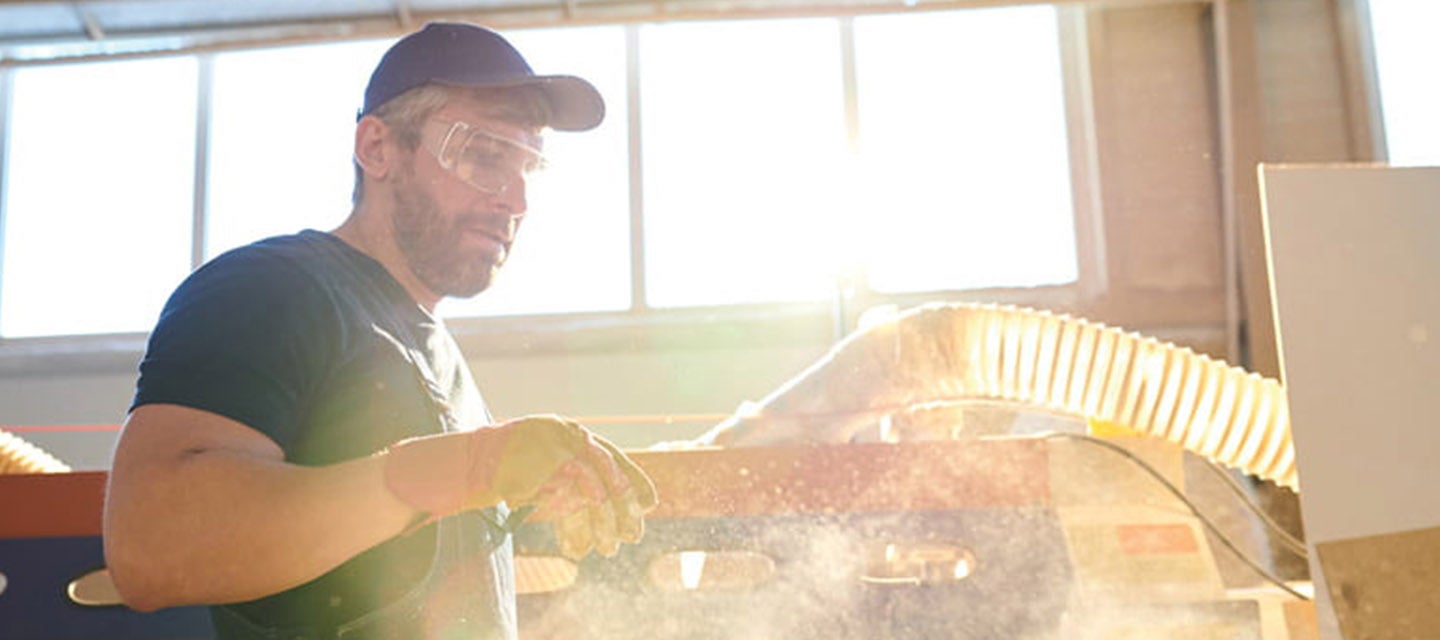
Occupational lung diseases making a comeback
Occupational lung diseases making a comeback

In the past five years, health professionals have noticed a worrying resurgence in Australia of occupational lung disease.
The recent re-emergence of relatively forgotten industrial diseases, such as silicosis and coal workers’ pneumoconiosis, has alarmed Australian health professionals. It is now recognised that many workers in the construction and manufacturing industries are in danger of being exposed to toxic dusts in the workplace.
Particularly alarming is the jump in cases of silicosis, a deadly lung disease caused by inhaling fine particles of silica dust. Silica dust is produced when cutting or shaping the artificial stone benchtops so popular in modern kitchen and bathroom renovations.
According to the Cancer Council Australia, approximately 587,000 Australian workers were exposed to silica dust in 2011 alone. In most cases, chronic silicosis develops slowly over a period of 10 to 30 years. As there are often no symptoms in the early stages, the condition may be diagnosed too late to prevent the lungs from being permanently scarred.
GPs and health professionals across the country are being alerted to the rise in occupational lung diseases, and are recommended to refer all patients with respiratory illnesses (persistent cough, shortness of breath, wheeze or chest pain) - who work or have worked in the mining, construction or manufacturing industries - for immediate chest screening.
I-MED Radiology Network is the radiology provider of choice for dust disease diagnosis. Currently there are only 14 radiologists in Australia who are ‘B-reader’ accredited to report to ILO Standards. A complex standardised system of reporting and recording nodules makes it an extremely difficult and sensitive test. In Queensland, the use of B-Readers is a mandatory requirement under the coal mine workers’ health scheme, and at I-MED we use B-Readers for all dust-related examinations nationwide.
